I wrote this article in Japanese and translated it into English using ChatGPT. I also used ChatGPT to create the English article title. I did my best to correct any translation mistakes, but please let me know if you find any errors. By the way, I did not use ChatGPT when writing the Japanese article. The entire article was written from scratch by me, Saikawa Goto.
Introduction
Movies and books covered in this article
Three takeaways from this article
- This documentary film is shocking because the film director is anonymous and all members of the demonstration are shown with mosaic.
- Those who continued to film in the extreme scene where they were almost discouraged from filming showed their struggle as they gathered their strength to keep the camera rolling.
- The reason why this film has a structure that minimizes explanations, and my own explanation about the background and development of the incident.
Self-introduction article


Published Kindle books(Free on Kindle Unlimited)
“The genius Einstein: An easy-to-understand book about interesting science advances that is not too simple based on his life and discoveries: Theory of Relativity, Cosmology and Quantum Theory”
“Why is “lack of imagination” called “communication skills”?: Japanese-specific”negative” communication”
The quotes used in this article are based on notes taken at the movie theater from movies in Japanese and are not direct quotes from the foreign language original movies, even if they exist.
An Overwhelming Documentary Film “Inside the Red Brick Wall,” Directed by Anonymous Film Directors Who Were “Trapped” in a University with the Demonstrators
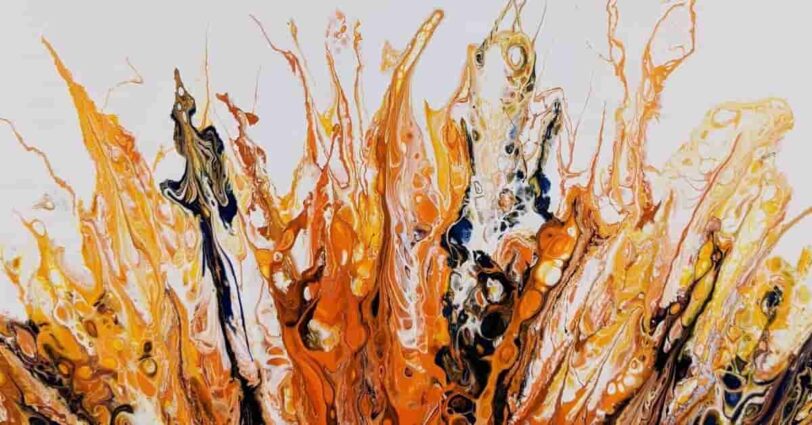
It was a tremendous film. I often watch documentary films, and I think it’s because I can come into contact with this kind of footage that I can’t stop watching them. It is an unbelievable film that thoroughly packed the “realness” made up only of things that can be captured/felt by those who were there at that time, with an intense sense of reality.
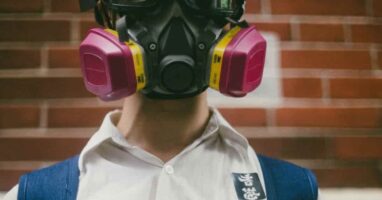
The Situation Surrounding the Film “Inside the Red Brick Wall” and the Events Depicted in it
I watched “Inside the Red Brick Wall” at the 12:00 showing on December 17, 2022, at Polepole Higashi-Nakano. The reason I am writing the date and time is that it was the “world’s first theatrical release showing.” Although it had been shown as a one-off event at various locations, such as the Yamagata International Documentary Film Festival, Polepole Higashi-Nakano was the first theater to release it worldwide. I didn’t specifically go to see it because of that fact, but in the end, I think it was good that I was able to witness the “world’s first.”
By the way, this “Inside the Red Brick Wall” is a film depicting the Pro-democracy Movement in Hong Kong. It was allowed to be shown in Hong Kong when it was first completed. However, it was banned from being shown around March, 2021. As I will touch on later, this film was made with the desire to be seen by Hong Kong people. Therefore, those who made it feel very disappointed. However, that is precisely why they said they were encouraged by the reactions of foreign audiences.
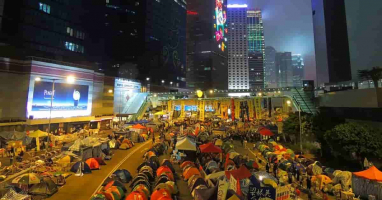
By the way, this story was told at a talk event after the screening. The Hong Kong and the movie theater were connected online, but no one appeared on the screen. Surprisingly, all of the film directors of “Inside the Red Brick Wall” are “anonymous,” and even the film director credit reads “Hong Kong Documentary Filmmakers.” This shows how difficult it is to make such a movie in Hong Kong. In the movie, except for some individuals such as journalists and high school principals, everyone’s face is blurred out. Although some people may have escaped the “Inside the Red Brick Wall” incident and avoided arrest, the footage used in the movie could be used as evidence for their arrest and prosecution for rioting charges. This event, which occurred in 2019, still casts a shadow over Hong Kong to this day.
In addition, at the talk event, the design of a circle that looked like it had shattered into pieces, which were indicated on the screen was explained. This design was displayed instead of showing the faces of the film directors. The DVD that was submitted for censorship after “Inside the Red Brick Wall” was completed was returned in pieces. Although it passed the first censorship, this eerie incident, which conveyed a silent anger, was felt.
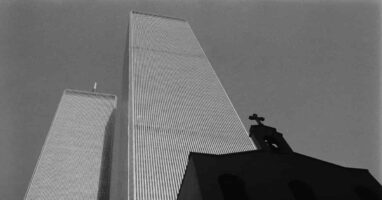
Let me briefly explain the incident covered in the movie “Inside the Red Brick Wall.” In the pro-democracy demonstration that began in June 2019, student demonstrators barricaded themselves in the Hong Kong Polytechnic University, a prestigious university, for 13 days starting from November 16th of the same year, and they were in a standoff with the police. The anonymous film directors who stayed inside the university with the demonstrators recorded the situation from inside, which is the content of this movie. It may be similar to Japan’s “The Yasuda Auditorium Incident,” but I am not familiar with “the Yasuda Auditorium Incident,” so I don’t know how much they have in common.
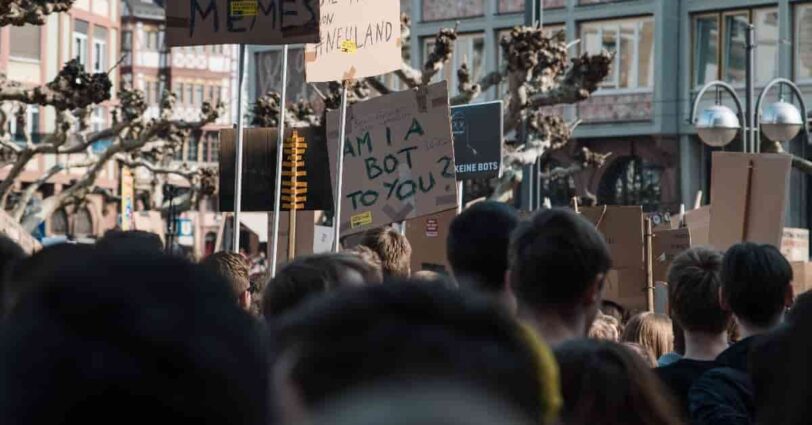
This article does not go into much detail about the content of the movie itself. In fact, it feels like there’s no point in explaining it in words. This work is something you just have to watch and see for yourself. It was an impactful 88 minutes, and the experience cannot be fully expressed in words. I really hope you can watch the movie and feel for yourself what is depicted in it.
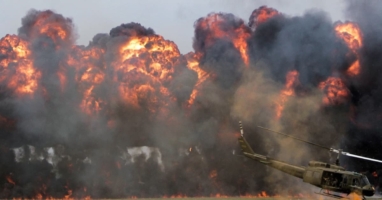
Let’s first understand the scale of the “Inside the Red Brick Wall” incident from the numbers mentioned at the end of the movie. There were 1,377 arrests made during the incident. Of those, 567 were arrested after leaving the university during the siege, and 810 were arrested while remaining on the university grounds until the very end. Additionally, many young people under the age of 18 participated in the Pro-democracy Movement in Hong Kong, as mentioned earlier, even high school principals came out to negotiate with the police. The principal negotiated with the police and came up with the condition that if they registered their ID, they could go home. It is said that 318 people under the age of 18 were allowed to go home by registering their ID. “Inside the Red Brick Wall” was the incident with the largest number of arrests in the Pro-democracy Movement in Hong Kong.
The Intense Filming Environment that Made the Directors “Lose the Motivation to Continue Filming,” and How the Footage was Ttaken Out
In this article, I mainly want to write about the talk event after the screening, rather than the content of the film. I hope you will actually see the film, but if you watch the film after learning about what was talked about at the talk event, the impact will be even greater.
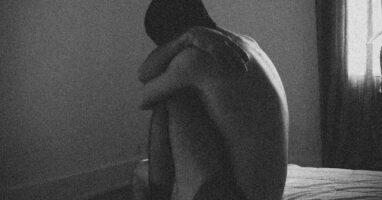
First, they talked about the process of filming the situation during the siege from inside The Hong Kong Polytechnic University. From the beginning of the democratization demonstrations in June, they had been going to various places and filming. Through this process, they learned about the siege plan at the university. Naturally, they wanted to capture it on film. So, before the siege began, they entered the university with the demonstrators and started filming. They were also trapped in the university with the demonstrators for 13 days, but they had never imagined being completely shut out from the outside for such a long time.
After the siege began, some of the medical team and many reporters made the decision to leave the university. As a result, only the film directors of the movie “Inside the Red Brick Wall” remained as reporters inside the university. They had been struggling to capture the reality of the democratic protest on film and at the “Inside the Red Brick Wall” incident, they were the only ones who could document what was happening inside. I think they had a strong sense of mission. In a sense, this movie is very important because the footage they left behind is the only visual record that exists.
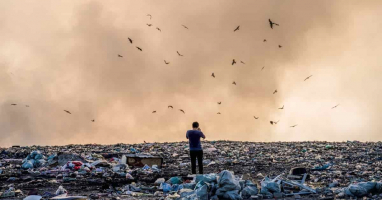
By the way, the medical team and reporters who left the university early on were immediately arrested afterward. Photos of them being restrained and tied up were uploaded to social media. The Hong Kong police detained the medical team and reporters without mercy, which was a shocking fact for those who continued to be trapped inside the university. They had made the decision to siege the university themselves, but their perception changed afterward to “we can’t leave because the police have surrounded the university”. If they left, they would be arrested and face up to 10 years in prison for rioting. There was no choice but to search for an escape route that the police wouldn’t find, but there was none. In such a desperate situation, young people were caught up in confusion.
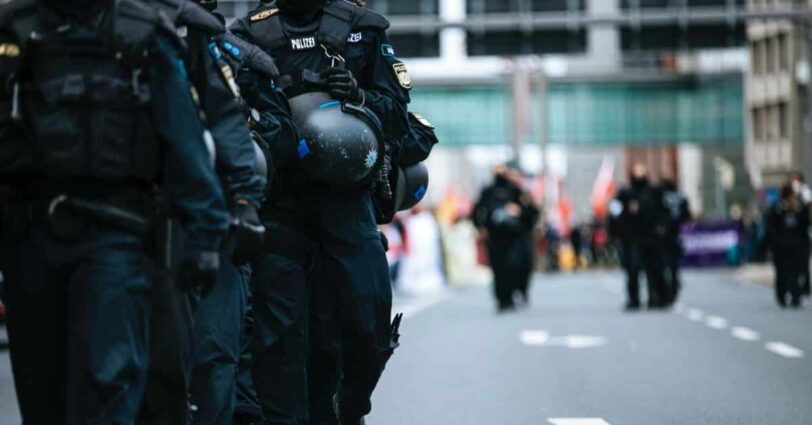
The movie “Inside the Red Brick Wall” is mainly composed of footage taken on November 17th and 18th when the siege began. What surprised me the most was the reason for this. The anonymous film director stated during a talk event, “As time passed, both the motivation to shoot and the energy to do so dwindled.”
On camera, we see the young people who are mentally pushed to the brink as the siege drags on. As previously mentioned, they decided to barricade themselves, but gradually begin to feel the sensation of being trapped as “the university is surrounded and they cannot leave.” This feeling is naturally shared by those who are filming. Even audience members who are just watching a movie should be able to understand that it’s not a situation where they can maintain a normal sense of reason by seeing what’s going on inside the Hong Kong Polytechnic University.
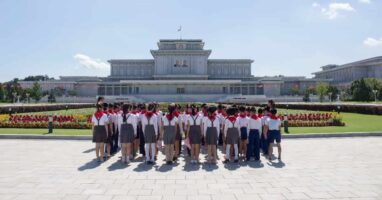
And that is why the filmmakers “lost their motivation and energy to shoot,” but even when understanding that this was an abnormal situation, I was still surprised by this statement. As filmmakers who shoot documentaries, they should have a strong desire and sense of duty to “record the facts.” Even such people were in a situation where they couldn’t help but say they had “lost motivation.” The enormity of this situation is beyond imagination.
At the talk event, a film director named Lim Kah Wai held the microphone and served as both the moderator and interpreter. It is unclear how he is related to the movie “Inside the Red Brick Wall,” but perhaps he was simply chosen as a “film industry professional who can speak both Cantonese and Japanese.” In any case, he asked questions to the anonymous film director on the other side of the screen and translated his responses as the talk event progressed. In the event, he asked, “How did you manage to get the footage?”
I felt “I see, that’s definitely true” when I heard this question. I didn’t think of such a question while watching the movie. The person who operated the camera probably stayed at the university until the end, and although there was no mention of whether they were arrested, I think they couldn’t avoid temporary detention or questioning. If they had possessed the footage at that time, it would have been confiscated without a doubt.
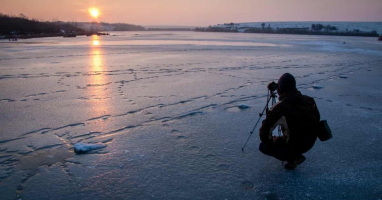
The anonymous film director did not give a clear answer to this question. He/She only said, “We used every means possible to take it out.” Certainly, there is no benefit in revealing it, and there is a possibility that someone, somewhere, may be exposed to danger, so it is best to keep it hidden. During filming, there were also physical problems such as “running out of camera battery,” so the latter half of the movie was shot mostly with smartphones. If it was footage shot on a smartphone, it could be handled easily, but if it was footage shot on a camera, it would have had to be physically taken out. Even considering these points, it is a miracle that the movie “Inside the Red Brick Wall” exists.
Difficulty in Editing Work and Why We Decided to Keep Explanations to a Minimum
At the talk event, the difficulties in editing were also mentioned. It was something that I didn’t even imagine.
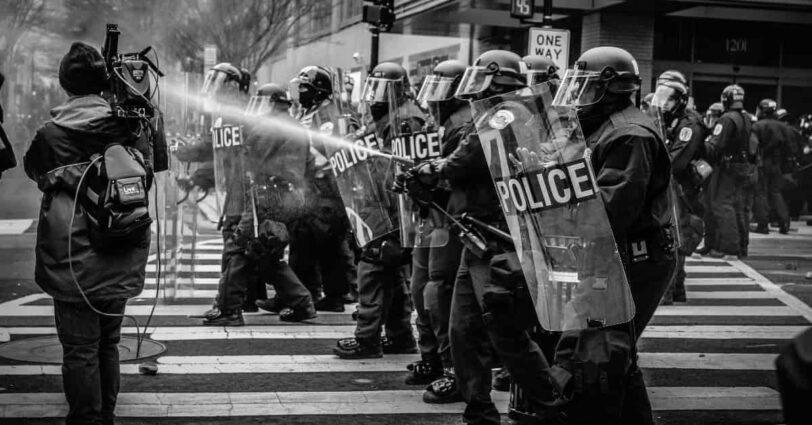
The film directors said about filming during the siege, “We tried to shoot as emotionlessly as possible.” Although they were also the people involved in the siege, their position was different from that of the demonstrators. The demonstrators were surely in a more severe situation. It would have been impossible to film them while feeling anger or sympathy. They had to focus on “filming the reality in front of them with a blank mind by turning off the emotional switch.” Even though they did that, the situation was such that they still felt “we lost the motivation to film,” so it can be said that it was right to detach their emotions.
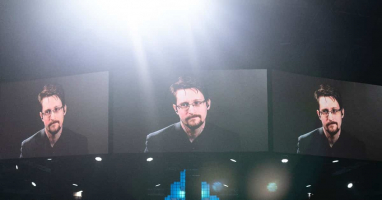
However, when they looked back at the footage they managed to bring out, they were struck by a strange feeling, as if it was an “unrealistic” event. Despite filming and experiencing the actual events themselves, they couldn’t believe it actually happened. This feeling was difficult to imagine.
Therefore, before starting the editing process, they first watched the footage over and over again to regain the sense that “this was an actual event that happened.” This also made me feel amazed. What we can see is, of course, only the “reality captured by the camera,” but those behind the camera were also under unimaginable pressure.
Now, the film “Inside the Red Brick Wall” that went through such editing work is constructed by connecting mostly raw footage while minimizing explanations. I had previously watched a documentary film called “Revolution of Our Times” which also dealt with the Pro-democracy Movement in Hong Kong, so I roughly understood the situation depicted in “Inside the Red Brick Wall” and was not confused much. However, I think there will be parts that people who watch “Inside the Red Brick Wall” without such prior information will not be able to understand.

At the talk event, this point was also mentioned. They said that the reason for minimizing explanations was because they wanted Hong Kong people to watch it. Therefore, they decided to structure the film by minimizing information that Hong Kong people would naturally know and simply showing “what was happening inside The Hong Kong Polytechnic University”.
Therefore, it can be said that the work may feel unfriendly to people who do not have the necessary information. However, I think it is also true that by stacking only “real in front of the camera” without adding unnecessary information, the finished product emphasizes even more the “awesomeness of the image”. You should be overwhelmed by the power of the image.
How the “Inside the Red Brick Wall” Incident Happened and How it Unfolded
The article will discuss the background that is not often talked about in the movie, based on the knowledge learned from the movie “Revolution of Our Times.” Even if you read it roughly before watching the movie, your understanding of the movie should increase a little. In addition, I will briefly touch on the events that occurred within the university after the siege began.
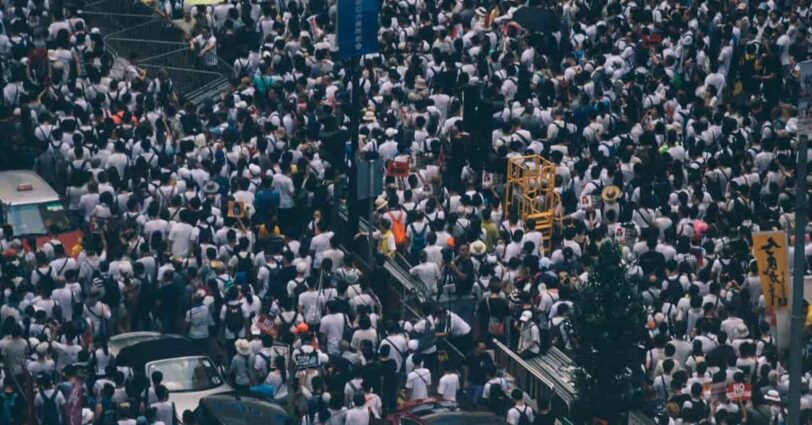
The first trigger that led to the “Inside the Red Brick Wall” incident was when “the braves” (a group that does not hesitate to use force) in the Pro-democracy Movement in Hong Kong launched a “traffic disorder strike” on November 11. Until then, the braves had been considering conducting demonstration activities with minimal impact on citizens’ lives. However, even after continuing the demonstrations for almost six months, the situation had hardly changed. Therefore, they decided to take a more radical approach by blocking roads and railways and paralyzing the transportation network, even if it involved citizens’ lives.

I think that by executing the “traffic disorder strike,” a certain plan was born. It was the Chinese University of Hong Kong’s siege plan based on the fact that many of the demonstrators were students at the university and they could prevent police invasion by blocking all three routes leading to the university, allowing them to conduct a siege.
Although the siege at the Chinese University of Hong Kong did not last long, the demonstrators felt the potential of a siege battle. They then decided to move to the Hong Kong Polytechnic University, prepare more thoroughly, and conduct another siege, which led to the “Inside the Red Brick Wall” incident.
During the siege, the demonstrators continued to resist by shouting insults at the police through loudspeakers and throwing stones. They also made announcements to the citizens from the university campus, calling for understanding that they had no choice but to do so, and clearly demonstrating their intention to continue the demonstration and win universal suffrage.
However, they gradually began to understand their situation more accurately. Although their colleagues were standing by to support outside the university, the police had completely surrounded the campus, making it impossible for even reporters to enter. Ambulance crews and reporters who left the university early were also detained. In other words, they were in a situation where they could face up to 10 years in prison for rioting if they were arrested, but they had no way of escaping from the university.
Although they had prepared in advance, the number of demonstrators inside the campus exceeded 1,000, so their supplies and food quickly ran out. They attempted to escape the police siege several times, but each attempt resulted in injured or arrested demonstrators. They were supposed to “be sieging,” but they had unknowingly “been sieged.”
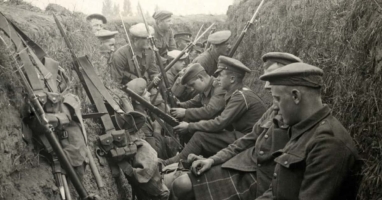
The situation was completely deadlocked. The police surrounding the university only restrained those who came out and did not enter the campus. External support was almost impossible to expect, and the demonstrators had repeated discussions many times. There were hardly any options. They had to continue to hold out and hope for the slight possibility that external supporters would do well, or try to break through again with a large number of people, aiming to escape even if some people were arrested or injured. The police warned that they would not hesitate to use real bullets. If they stayed at the university, they might be shot and killed. The situation was urgent and the discussions were in chaos. Suspicions that “there may be a traitor within the group ” added to the confusion, and no one could remain calm.
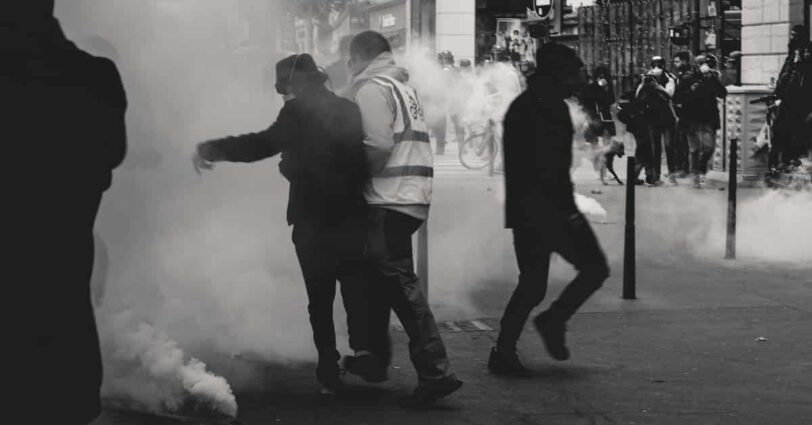
Then, a more complicated element was added. A group of high school principals, who had received permission from the police, arrived. Those who sieged did not understand the situation. The representative of the principals said, “We will negotiate with the police and do everything we can,” but their proposal was only perceived by the demonstrators as “surrender.” They would be able to go home if they registered their ID, but naturally, they would not be exempt from prosecution. The police could prosecute those who registered their ID later on. So, what is the difference between “surrender” and their proposal? The young people said, “Don’t make complicated proposals,” and called for the exclusion of the principals.

Among those who decided to leave after being persuaded, there were also those who cried at their own weakness, saying “I am weak” and “I promised not to leave but I am leaving first.” Whether to leave or stay is a last minute judgment. Even though they have the same goal, they cannot become completely united. Such a cruel reality is being captured in various ways by the camera.
It is a remarkable work that vividly portrays the harsh reality.
Conclusion
Anyway, it was an incredible movie. It was an unbelievable piece of work. I was shocked when the invasion of Ukraine by Russia happened, but I was also shocked by the Pro-democracy Movement in Hong Kong, thinking “I can’t believe this is happening in the same era that I live in.” Among them, I was overwhelmed by the “Inside the Red Brick Wall” incident. I want many people to know about this incredible reality, and for that, the movie “Inside the Red Brick Wall” is a must-see.

Published Kindle books(Free on Kindle Unlimited)
“The genius Einstein: An easy-to-understand book about interesting science advances that is not too simple based on his life and discoveries: Theory of Relativity, Cosmology and Quantum Theory”
“Why is “lack of imagination” called “communication skills”?: Japanese-specific”negative” communication”







コメント